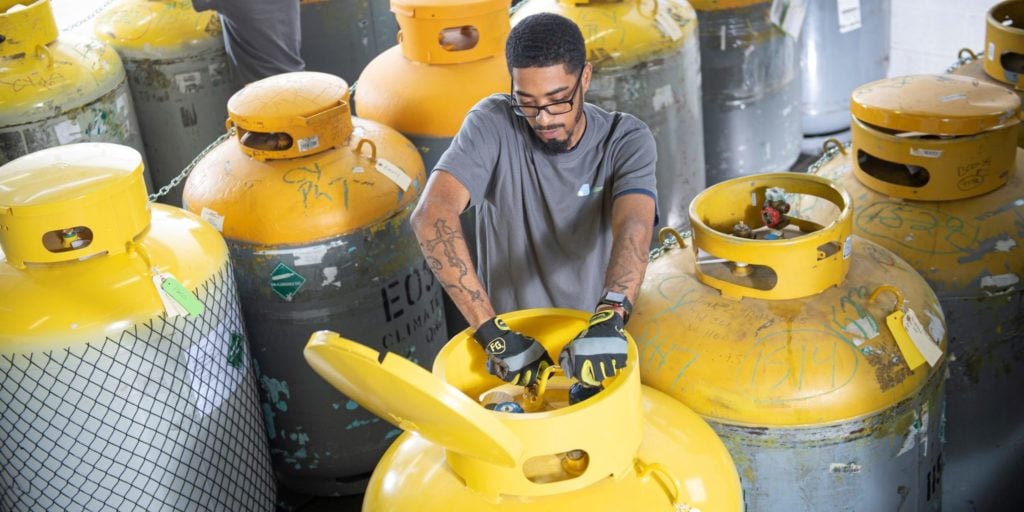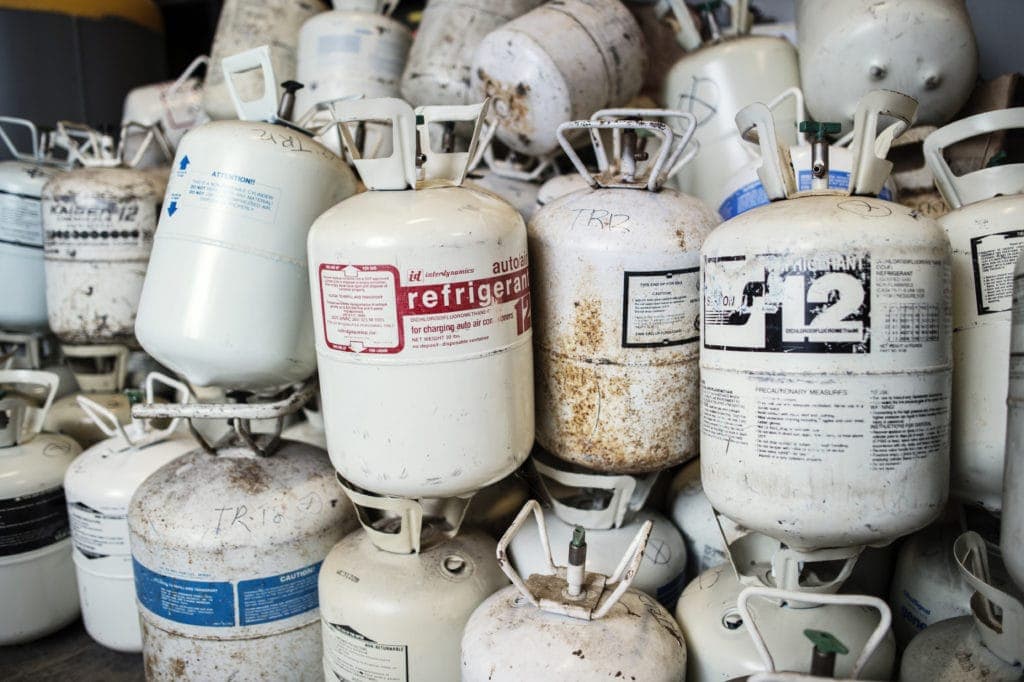
How it Works
Tradewater is an EPA-certified reclaimer with the technical expertise to handle refrigerant safely and responsibly. Unlike others who purchase refrigerant, however, we do this work solely for the purpose of fighting climate change.
We first aggregate the dangerous greenhouse gases we collect. After aggregation, we ensure the safe destruction of the gases through incineration.
By selling your refrigerant to us, you are making a positive, measurable impact on the environment. You can be sure that the gases will be destroyed and never leak into the atmosphere.
We first aggregate the dangerous greenhouse gases we collect. After aggregation, we ensure the safe destruction of the gases through incineration.
By selling your refrigerant to us, you are making a positive, measurable impact on the environment. You can be sure that the gases will be destroyed and never leak into the atmosphere.





